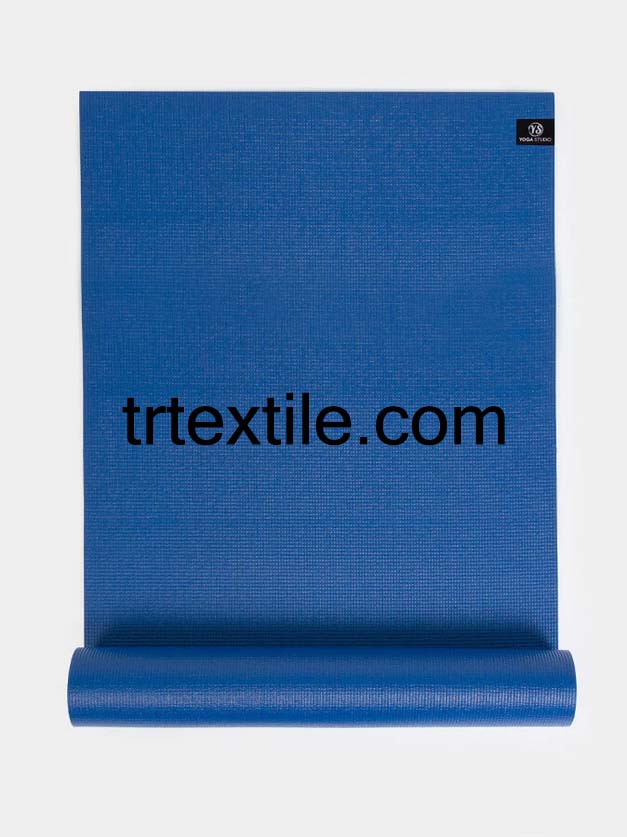In recent years, yoga has become increasingly popular as a form of exercise and relaxation. As a result, the demand for yoga mats has also increased significantly. Yoga mats are essential for practicing yoga as they provide a comfortable and non-slip surface for practitioners to perform their poses on.
There are many different types of yoga mats available on the market, ranging from basic foam mats to eco-friendly mats made from natural materials such as rubber or cork. However, regardless of the type of mat, the production process typically follows a similar model.
The production of yoga mats typically begins with the selection of materials. The most common material used for yoga mats is PVC, a type of plastic that is durable, lightweight, and easy to clean. Other materials used for yoga mats include natural rubber, cork, and jute. Each material has its own unique properties and benefits, so the choice of material will depend on the specific requirements of the mat.
Once the material has been selected, it is then cut into the desired size and shape of the mat. This can be done manually or using automated cutting machines, depending on the scale of production. The edges of the mat are usually rounded or beveled to prevent fraying and improve the overall appearance of the mat.
Next, the surface of the mat is textured to provide a non-slip surface for practitioners. This can be done using a variety of methods, such as embossing, laser engraving, or applying a non-slip coating. The texture of the mat is important as it helps to prevent injuries and improve the overall experience of the practitioner.
After the surface has been textured, the mat is then printed with any desired designs or logos. This can be done using screen printing, digital printing, or heat transfer methods. The printing process is important as it allows for customization and branding of the mat.
Once the mat has been cut, textured, and printed, it is then ready for final inspection and packaging. The mat is inspected for any defects or imperfections before being rolled up and packaged for shipping. The packaging of yoga mats is typically done using cardboard boxes or plastic bags, depending on the size and shape of the mat.
Overall, the production model for yoga mats is a relatively simple process that involves selecting materials, cutting and shaping the mat, texturing the surface, printing designs, and packaging the finished product. By following this production model, manufacturers can produce high-quality yoga mats that meet the needs and preferences of practitioners around the world.




